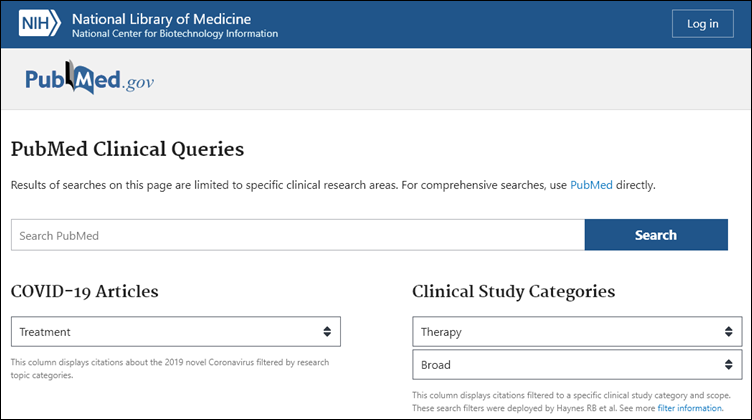Fair use is an integral part of copyright law, as it allows for the reuse of copyrighted works without obtaining permission from the copyright holder. Successful examples of fair use include instances where the use is transformative in nature, such as parody, critique, commentary, or for teaching and education. Fair use could also be using a quote in an article to support an idea in a paper or using an image for a class presentation.
Making a decision about what constitutes fair use is not always as straightforward as it seems. There are four principles that the courts use to determine fair use, and fair use is never actually determined until a case is brought to court. The following principles should be considered holistically. If the intended use complies with only one principle, careful consideration should be taken about seeking copyright permission instead.
The first fair use principle is the purpose and character of the use. Non-profit, educational use is usually favored by fair use, while commercial reuse tends to be more difficult to justify. Continue reading

 Due to
Due to 
 Charles Estienne (1504-1564) was a contemporary of Andreas Vesalius. He came from a family of Parisian printers and publishers. Estienne studied classical philology at the University of Padua in Italy, and upon his return to France, earned a medical degree at the University of Paris. He practiced medicine and taught anatomy at the Faculté de Médicine (1544-1547). His De dissectione partium corporis humani (1545) is often compared to the famous De humani corporis fabrica by Vesalius (1543). Estienne prepared anatomical drawings with the surgeon and artist Etienne de la Riviére. They partially printed the book in 1541, but its full publication was delayed due to a lawsuit in which both collaborators were involved. Had it appeared as planned, this work may have changed several “firsts” in medical history as claimed by Vesalius.
Charles Estienne (1504-1564) was a contemporary of Andreas Vesalius. He came from a family of Parisian printers and publishers. Estienne studied classical philology at the University of Padua in Italy, and upon his return to France, earned a medical degree at the University of Paris. He practiced medicine and taught anatomy at the Faculté de Médicine (1544-1547). His De dissectione partium corporis humani (1545) is often compared to the famous De humani corporis fabrica by Vesalius (1543). Estienne prepared anatomical drawings with the surgeon and artist Etienne de la Riviére. They partially printed the book in 1541, but its full publication was delayed due to a lawsuit in which both collaborators were involved. Had it appeared as planned, this work may have changed several “firsts” in medical history as claimed by Vesalius.